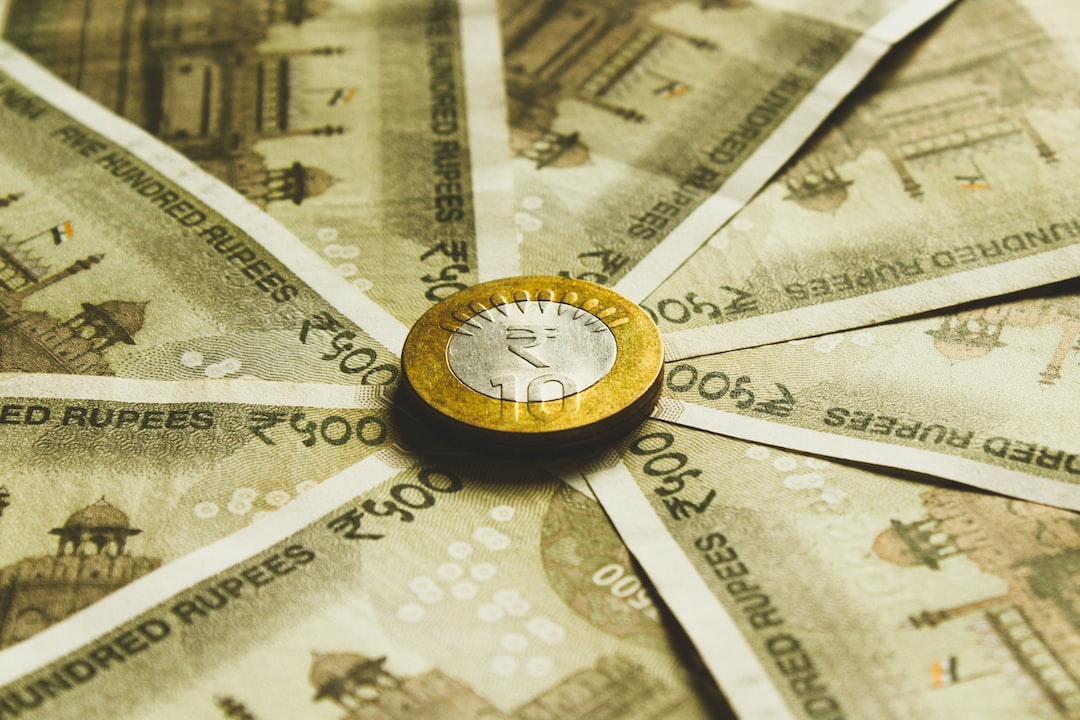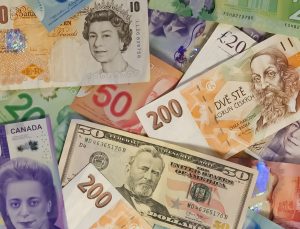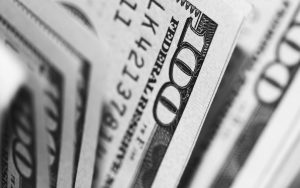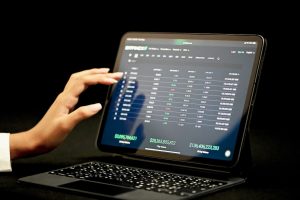Forex trading has become a popular way of earning money online, and traders are always looking for ways to maximize their profits. Take profit (TP) is a crucial aspect of Forex trading, which allows traders to lock in profits when the market reaches a certain level. Calculating take profit is a critical skill for any Forex trader and requires an understanding of various factors that influence the market’s movements. In this article, we will explore how to calculate take profit in Forex trading.
What is Take Profit?
Take profit is a trading order that allows traders to close a trade automatically when the market reaches a certain level. It is an essential tool that helps traders lock in profits and avoid losses. Take profit is the opposite of stop loss, which is an order that traders use to limit their losses.
Take profit is a crucial aspect of Forex trading, as it helps traders manage their risks and profits. It is an effective way to ensure that traders do not miss out on potential profits while also avoiding losses.
How to Calculate Take Profit
Calculating take profit in Forex trading requires an understanding of various factors that influence the market’s movements. These factors include market volatility, support and resistance levels, and technical indicators. Here are some ways to calculate take profit in Forex trading:
1. Using Support and Resistance Levels
Support and resistance levels are critical levels in Forex trading that traders use to determine the market’s trend. Support levels are levels at which the market is expected to bounce back, while resistance levels are levels at which the market is expected to turn back. Traders can use support and resistance levels to calculate take profit by setting their profit targets at these levels.
For instance, if a trader buys a currency pair at a support level of 1.2000, they can set their take profit level at the resistance level of 1.2500. This means that they will close their trade automatically when the market reaches 1.2500, locking in their profits.
2. Using Technical Indicators
Technical indicators are tools that traders use to analyze the market’s movements and make trading decisions. These indicators include moving averages, Bollinger Bands, and Relative Strength Index (RSI). Traders can use technical indicators to calculate take profit by setting their profit targets based on the indicators’ signals.
For example, if a trader uses the RSI indicator and it shows that the market is overbought, they can set their take profit level at a lower price level. This means that they will close their trade automatically when the market reaches that level, locking in their profits.
3. Using Volatility
Volatility is a measure of the market’s price movements, which traders use to determine the risk of a trade. Traders can use volatility to calculate take profit by setting their profit targets based on the market’s expected price movements.
For instance, if the market is highly volatile, traders may set their take profit level higher to take advantage of the price movements. On the other hand, if the market is less volatile, traders may set their take profit level lower to lock in smaller profits.
Conclusion
Take profit is a critical aspect of Forex trading that allows traders to lock in profits and manage their risks. Calculating take profit requires an understanding of various factors that influence the market’s movements, including support and resistance levels, technical indicators, and volatility. By setting their profit targets based on these factors, traders can improve their trading strategies and maximize their profits.





